The Centers for Disease Control and Prevention (CDC) has revealed that bird flu is now possibly circulating within United States wastewater after testing found that five states have unusually high levels of the virus.
However, the CDC has reassured the public that there is still no indication that this specific strain of bird flu is spreading from person to person.
Five States Test High for Bird Flu

The CDC has released data after testing water samples from 189 different wastewater sites in the country. This testing has resulted in five states testing higher than average for the influenza A virus.
Interestingly, these states are spread out in different parts of the country. Alaska, California, Florida, Illinois, and Kansas are the five states that had quite high levels of this virus.
Difficulties in Testing
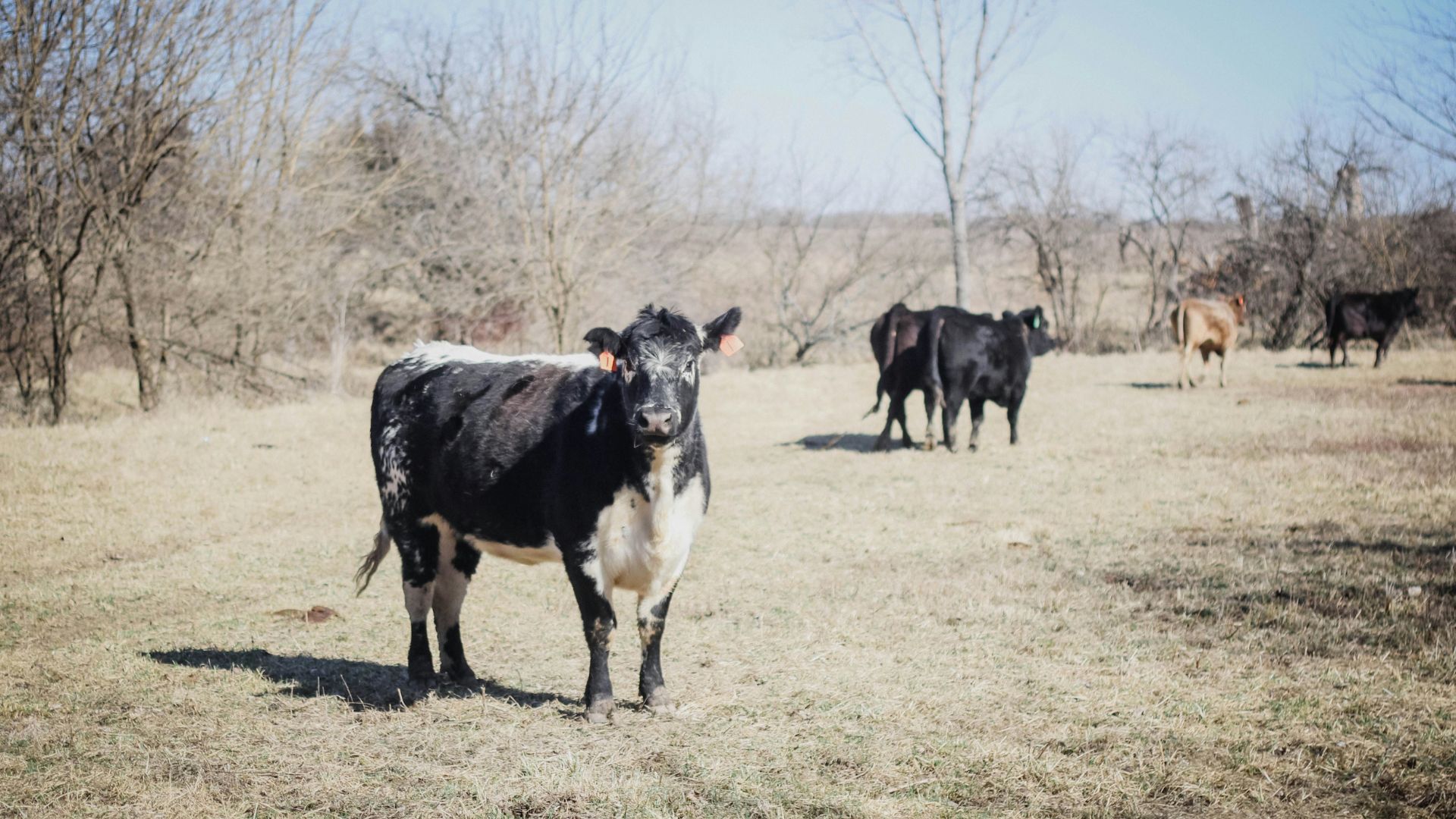
However, the CDC cannot say without a doubt that this means the ongoing bird flu running through U.S. cattle has now spread to humans. The agency also can’t say, with certainty, that they’ve even found this specific strain of bird flu in U.S. wastewater.
This is because the testing conducted isn’t able to differentiate between different types of influenza A. Therefore, the H5N1 virus and various other subtypes may have all been detected in the wastewater.
The State With the Highest Levels

Kansas is currently the state with the highest levels of the influenza A virus in its wastewater. Specifically, the site in Saline County, Kansas is the highest in the nation.
According to the CDC, this site has incredibly high levels of the virus, especially for this time of year when the flu isn’t necessarily rampant.
Why Kansas Has High Levels of Bird Flu in Its Water
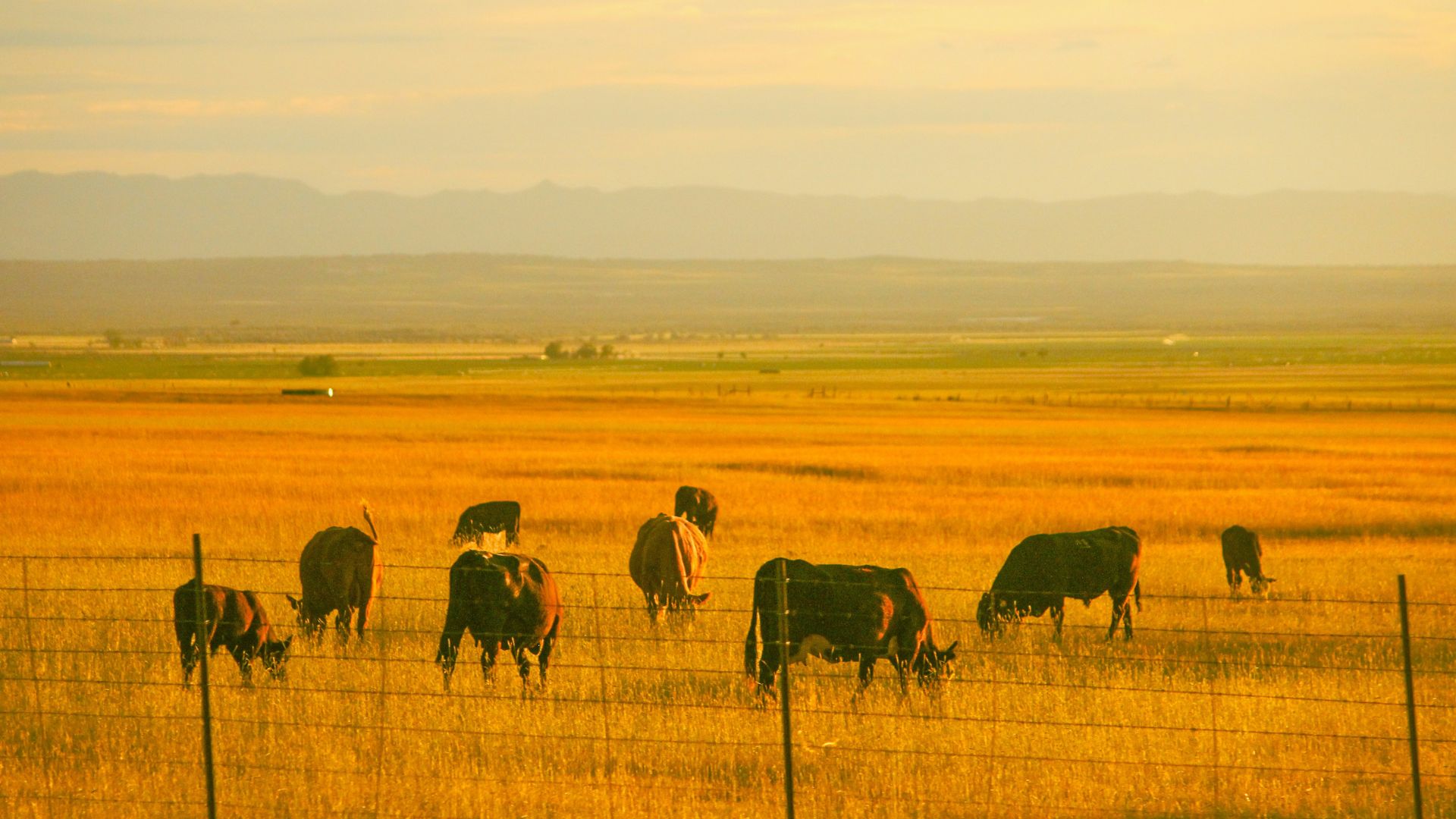
There are many reasons why Saline County may have ranked high when it comes to its virus levels in its wastewater. The CDC has clarified that there is no way to find the cause for these high levels.
However, it’s worth noting that four different cattle herds tested positive for bird flu earlier this year, in April.
Where Is This Wastewater From?
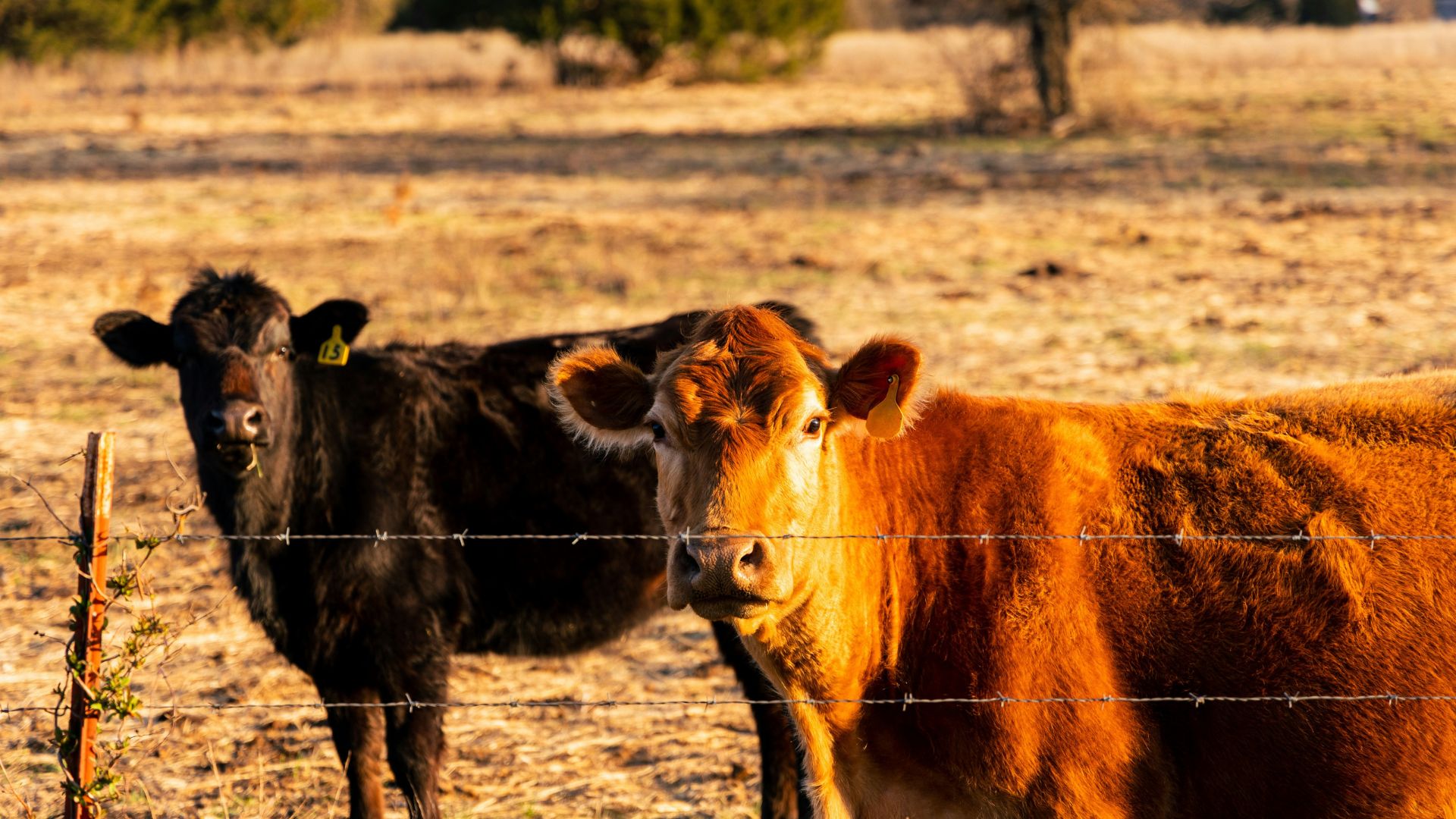
Another difficulty in analyzing this CDC wastewater data has to do with the lack of clarity on where this wastewater is from. So far, it’s not clear whether these samples are only limited to human waste.
Therefore, we don’t know if the wastewater also includes runoff water from local farms.
Wastewater From Humans or Animals?

With more clarification, health experts would be able to better understand how the bird flu virus is moving through the U.S. population.
However, if this wastewater also comes from farms and animals, then this could be why some areas have incredibly high levels of the virus.
Who’s Infected?
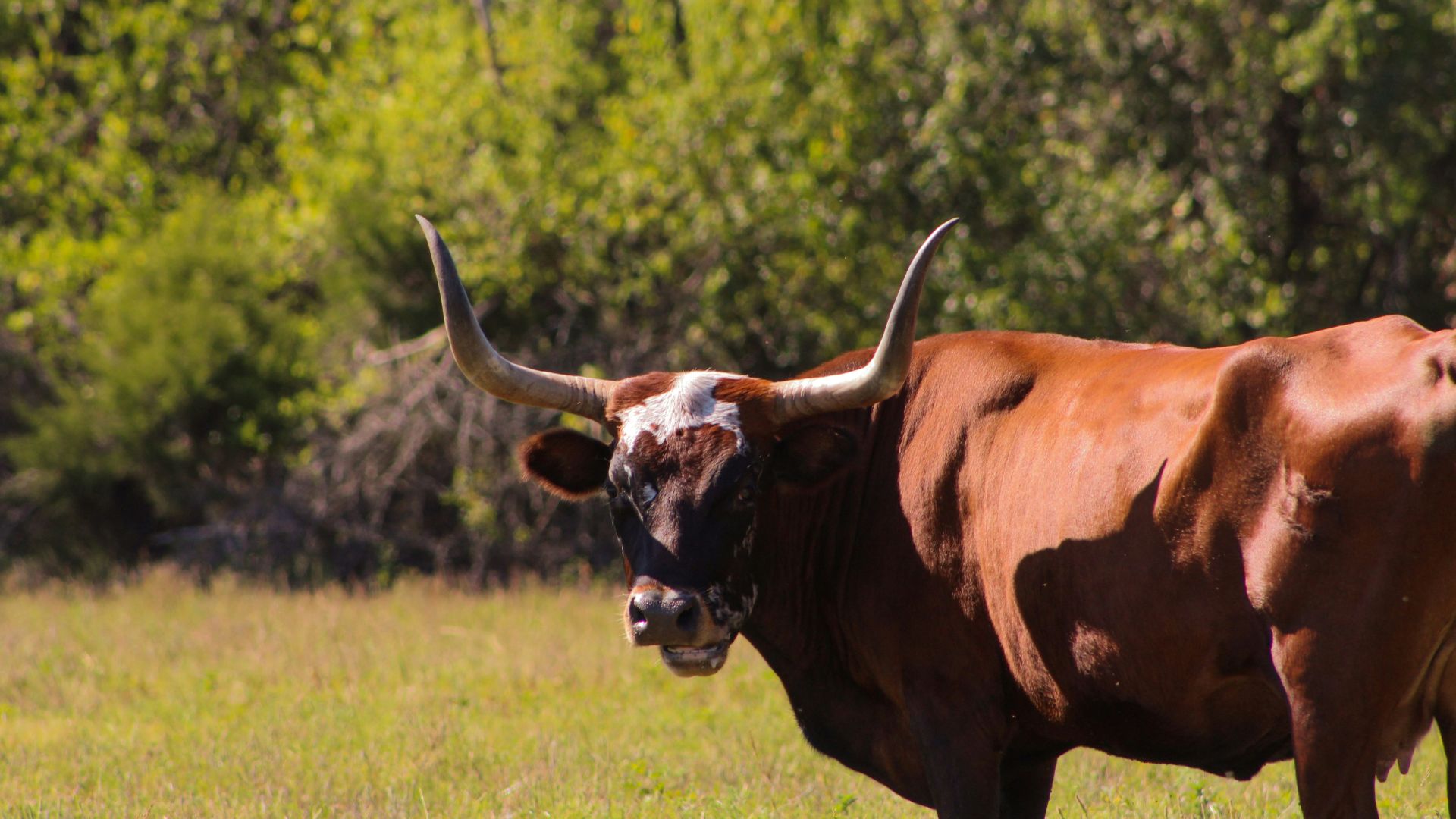
As a result of this unclarity, experts cannot say whether this wastewater truly indicates that the bird flu may be within the U.S. population.
Instead, experts remain unclear on whether this wastewater data indicates that infections are in cows, birds, or humans.
No Jump in Flu Infections

However, there are some positives that have come from this data release. The CDC has stated that there has been no jump in flu-like infections in the last few weeks.
Therefore, even though some of these states have now seen a higher-than-average virus appearance in their wastewater, this doesn’t seem to be impacting people in the area, as no illnesses have been reported.
Finding the Cause

Regardless of this positive aspect, health officials at the CDC still want to find out why influenza A seems to be very prevalent in wastewater around the country during the offseason of flu activity.
Jonathan Yoder, the deputy director of the CDC’s Division of Infectious Disease Readiness and Innovation, explained, “We’d really like to understand what might be driving that influenza A increase during what we consider the lower transmission season for influenza A.”
An Ongoing Outbreak in Cattle
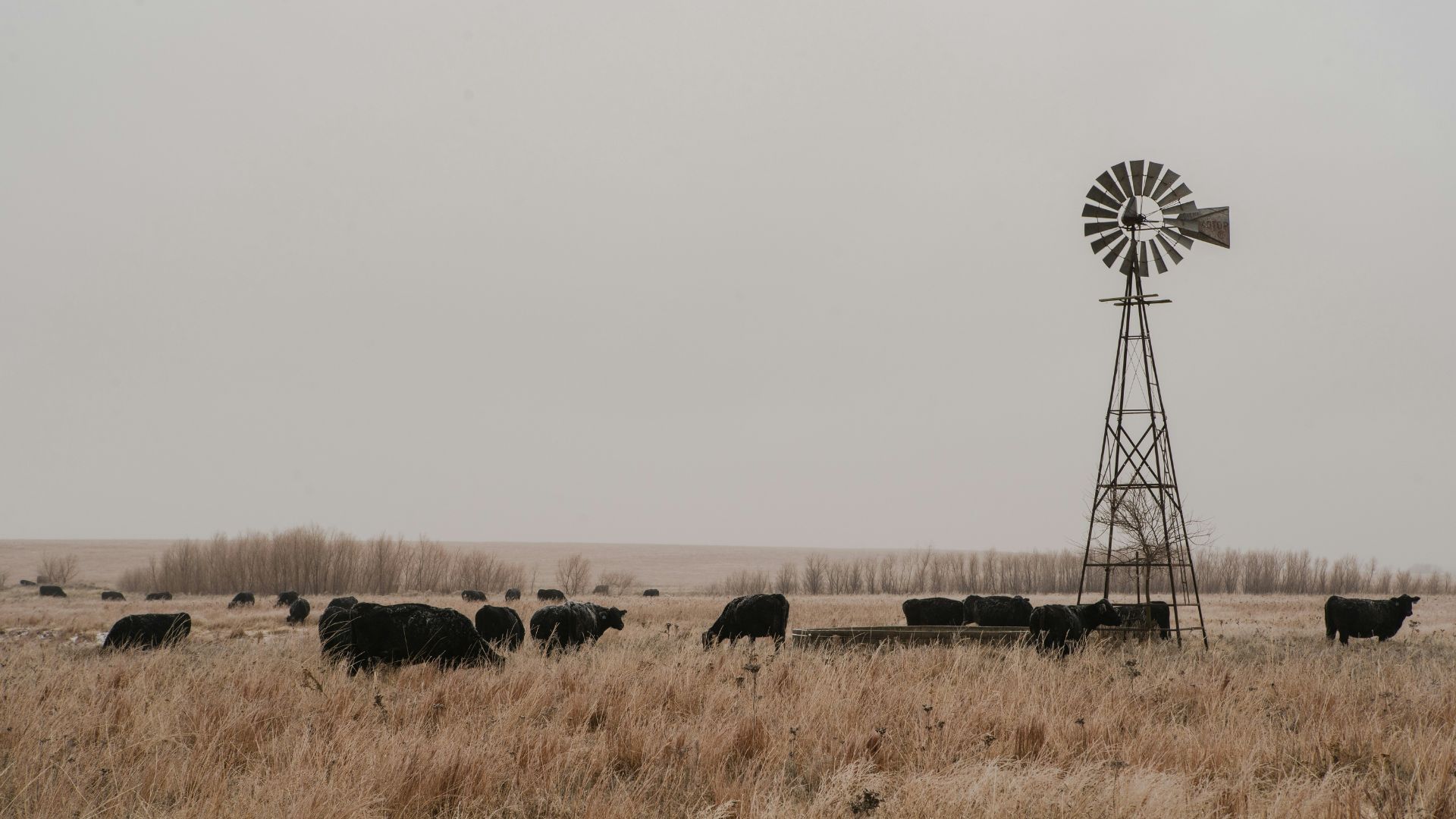
Unfortunately, the bird flu outbreak in cows in the U.S. is ongoing. Thus far, about 42 different herds in nine states have been affected by this influenza A strain.
The states with infected cattle are Colorado, Idaho, Kansas, Michigan, New Mexico, North Carolina, Ohio, South Dakota, and Texas.
No Human Transmission Yet

Though some health experts remain very worried about this bird flu outbreak among animals, the CDC has clarified that this strain is not being transmitted from person to person. There has been no indication that this has happened, and it remains a low possibility so far.
However, one person has tested positive for the bird flu. This man, a dairy farm worker, has since recovered from this infection.








































